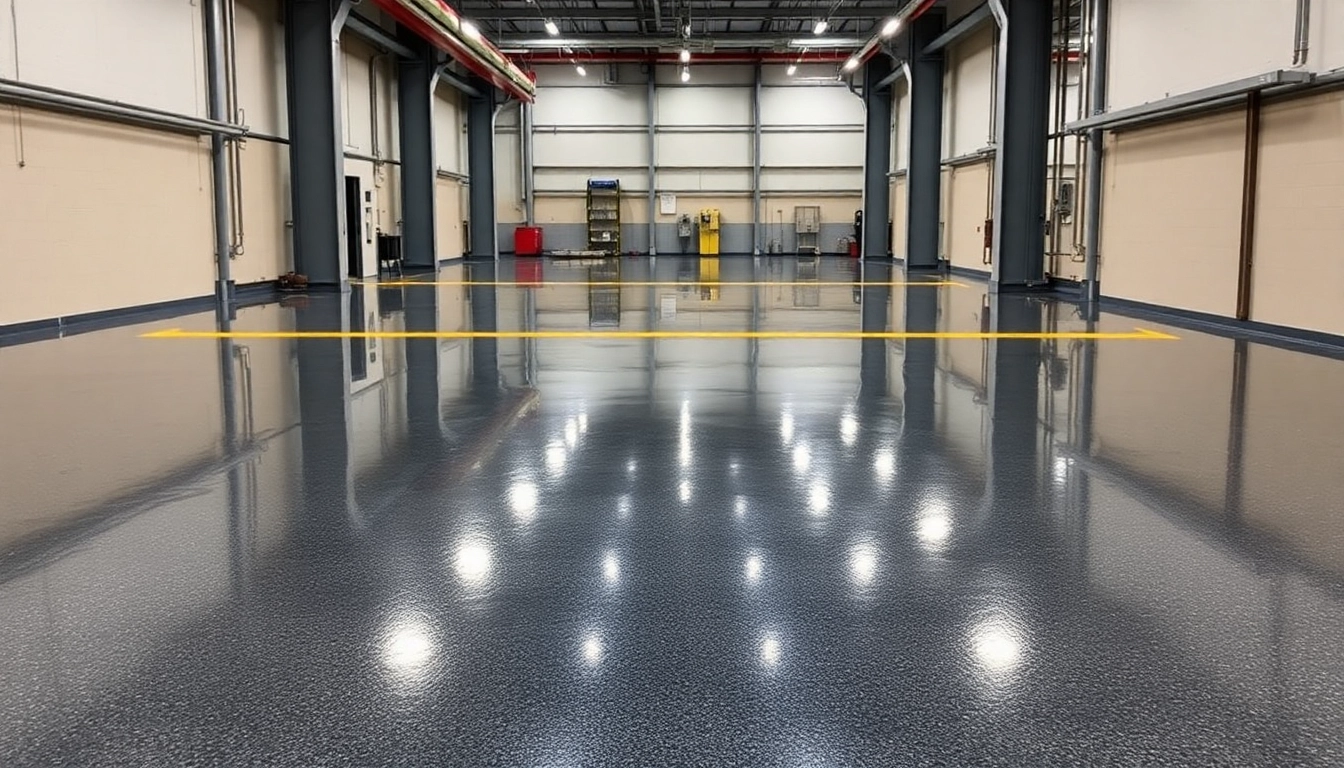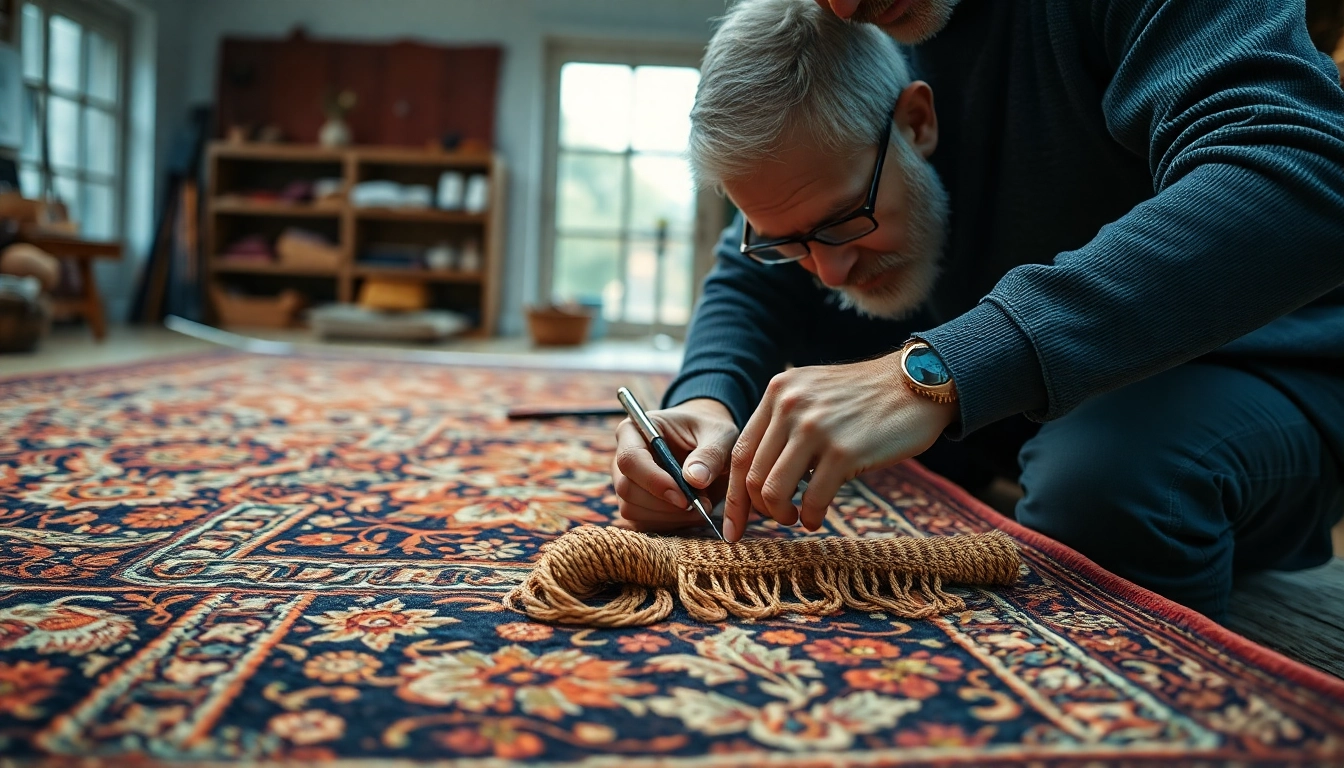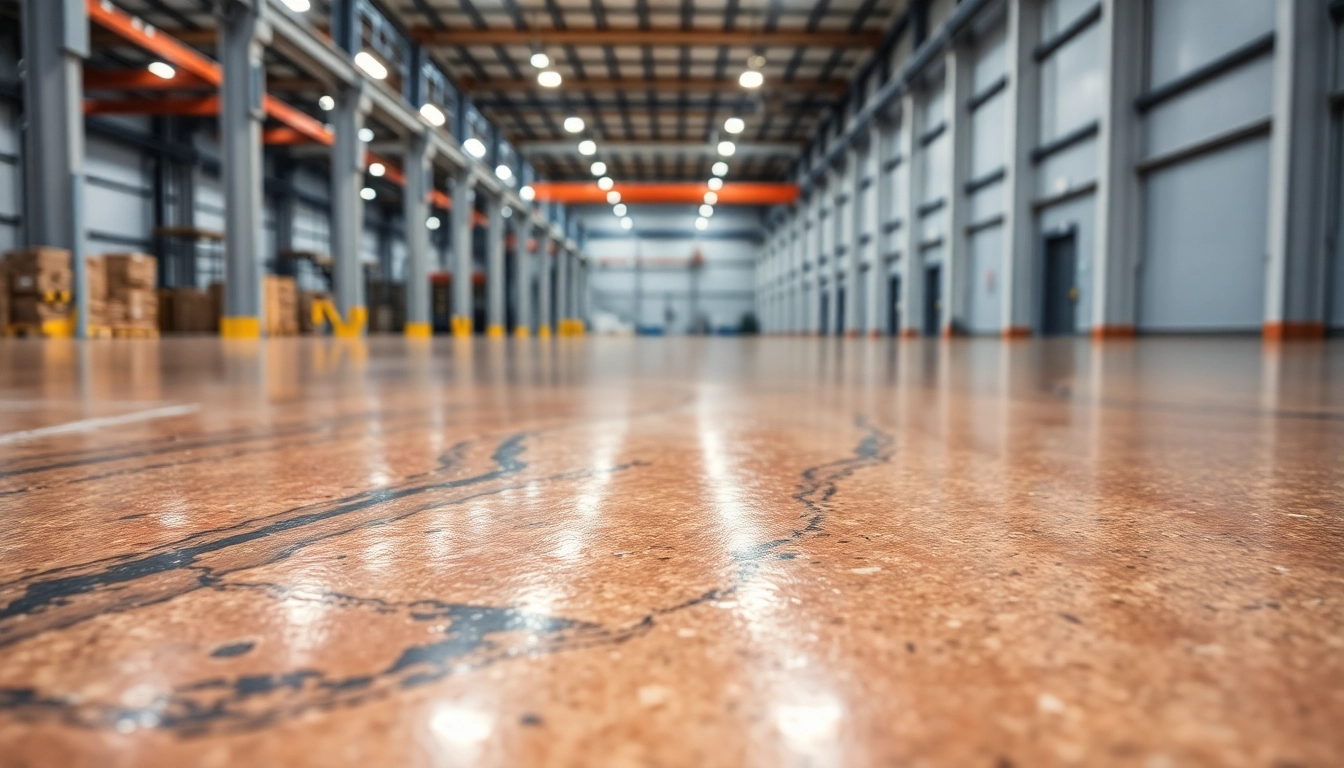Understanding Epoxy Resin Floors
What Is an Epoxy Resin Floor?
An epoxy resin floor is a type of seamless, high-performance surface coating made from a polymer resin combined with a hardener, creating a durable and chemically resistant layer over concrete or other substrates. These floors are celebrated for their exceptional strength, aesthetic versatility, and ease of maintenance, making them an ideal solution for commercial, industrial, and residential applications.
Compared to traditional flooring options, epoxy floors provide a resilient surface that withstands heavy traffic, chemical exposure, and physical impacts. By forming a monolithic, impermeable surface, they prevent dust, dirt, and bacteria build-up, promoting hygiene and cleanliness—particularly vital in environments like kitchens, laboratories, and manufacturing plants. For those considering a transformative upgrade for their space, exploring the options and applications of epoxy resin floor can provide valuable insights into long-term durability and style flexibility.
Key Components of Epoxy Floor Systems
An epoxy flooring system typically comprises several layers to ensure maximum performance:
- Substrate: Usually concrete, which needs proper preparation to ensure adhesion and longevity.
- Embedment Coat: The base layer that penetrates the surface, creating a mechanical bond.
- Bonding Layer: The primary epoxy resin that forms the durable surface, resistant to wear, chemicals, and impacts.
- Topcoat: A clear, protective layer that enhances aesthetic appeal and adds extra resistance to UV rays, chemicals, and abrasion.
Selecting high-quality components and understanding their functions ensures that your epoxy floor system delivers optimal durability and aesthetics. Modern formulations now include additives like metallic pigments or decorative flakes, which allow customization to match specific design themes.
Common Applications and Benefits
Epoxy resin floors serve a broad spectrum of applications:
- Industrial environments: Warehouses, factories, and manufacturing units benefit from high durability, chemical resistance, and ease of cleaning.
- Commercial spaces: Showrooms, retail outlets, and restaurants utilize epoxy floors for their sleek, polished appearance.
- Residential use: Garages, basements, and home workshops increasingly feature epoxy coatings for protection and aesthetic appeal.
The benefits of epoxy floors extend beyond visual appeal; their resilience minimizes downtime and maintenance costs while ensuring safety through slip-resistant variants and seamless surfaces. The ability to customize colors and effects makes epoxy a versatile choice, blending functionality with design.
Design Options and Customization
Color Finishes and Effects
Epoxy floors offer a vast array of color options—from solid hues to metallic finishes. Metallic epoxy, in particular, creates striking, three-dimensional effects that mimic natural stone or swirling patterns, adding sophistication to commercial and residential spaces. Clear coatings can also be tinted or combined with decorative chips for textured, multi-dimensional looks.
For example, a polished metallic finish can transform a standard garage into a high-end showcase, while subdued earth tones can convey professionalism in a retail setting. Advanced pigments and pigments mixed with mica or aluminum powders elevate aesthetics, offering limitless possibilities for matching interior design themes.
Patterns and Textures for Aesthetic Appeal
Beyond color, patterns such as marbling, terrazzo, or abstract designs can be achieved through innovative epoxy techniques. Texturing options include non-slip aggregates, embossed textures, or matte finishes, enhancing safety without compromising style. These techniques are especially valuable in high-traffic or outdoor environments where slip resistance is critical.
Choosing the Right Style for Your Space
The selection of a specific epoxy style should consider the environment’s functional needs and stylistic preferences. For industrial zones, durability and chemical resistance take precedence, favoring thicker, high-build epoxy systems. Conversely, residential applications may prioritize aesthetics, opting for decorative finishes with personalized patterns.
Consulting with professionals or suppliers, such as epoxy resin floor experts, can help tailor a solution that harmonizes durability and design seamlessly.
Installation Process and Best Practices
Preparing the Surface for Epoxy Coating
Proper surface preparation is crucial for the longevity and appearance of an epoxy floor. This involves cleaning to remove dirt, oil, or grease, followed by mechanical surface roughening through shot blasting, grinding, or etching. These steps enhance adhesion by creating a textured profile.
Any existing cracks or imperfections should be repaired or filled before applying epoxy. Moisture testing and ensuring the concrete’s pH levels are suitable help prevent future delamination or bubbling. Skipping this preparatory phase can result in costly repairs and reduced lifespan of the coating.
Step-by-Step Application Techniques
The typical epoxy application process includes:
- Priming: Apply a primer if recommended, especially on porous substrates.
- Mixing: Follow manufacturer instructions precisely to blend the resin and hardener, ensuring thorough mixing for uniform curing.
- Application: Use rollers, squeegees, or spray equipment to apply the epoxy evenly, starting from the far corner and working backward.
- Decorative Layers: Add flakes, metallic pigments, or texturing during the mixing or application stages as desired.
- Topcoat: Once the base layer cures, apply a protective topcoat to seal and enhance durability.
Maintaining proper ventilation and avoiding application during extreme temperatures or high humidity are critical for a flawless finish.
Ensuring Optimal Durability and Finish
Curing time varies based on the product and environmental conditions but generally ranges from 24 to 72 hours before light foot traffic and up to a week for full chemical resistance. During curing, avoiding foot traffic and mechanical stress ensures an even, imperfection-free surface.
Regular inspections and touch-ups help maintain the epoxy’s appearance and performance over time. Applying additional coats during touch-ups can extend the lifespan, with many professional-grade systems lasting 10-20 years when properly maintained.
Maintenance and Longevity of Epoxy Resins
Routine Cleaning and Care Tips
Keeping an epoxy floor in top condition involves regular sweeping or vacuuming to remove debris, followed by mopping with mild detergents. Avoid harsh abrasives or acidic cleaners, which can dull or damage the surface. Using non-slip mats in high-traffic zones can prevent scratches and increased wear.
Preventing Damage and Wear
To extend the life of an epoxy floor, address spills promptly, especially those involving chemicals or oils. Installing protective mats under heavy equipment reduces indentation or scratching. Avoid dragging heavy objects directly across the surface; instead, use dollies or sliders to distribute weight evenly.
When to Recoat or Repair
Over time, signs such as discoloration, cracking, or loss of gloss indicate the need for re-coating. Minor repairs include patching cracks or chips with compatible epoxy fillers; extensive damage may require complete reapplication of the topcoat. Routine assessments help identify issues early, saving costs and maintaining the floor’s integrity.
Cost Considerations and Choosing a Provider
Budgeting for an Epoxy Floor Project
Installation costs vary based on factors such as size, complexity, and selected finish. Basic epoxy coatings can start from approximately £40-£60 per square meter for straightforward applications, with decorative or high-performance systems reaching upwards of £100 per square meter. Additional costs include surface preparation, repairs, and professional labor.
Investing in quality materials and expert installation often results in a more durable finish, reducing long-term maintenance expenses.
Selecting Qualified Installers
Choosing trained, experienced professionals ensures optimal results. Look for certified installers with a portfolio of completed projects, client testimonials, and adherence to industry standards. Proper surface preparation, correct application techniques, and post-installation support are hallmarks of reputable providers.
Evaluating Cost-Effectiveness and Quality
While budget constraints are important, prioritizing quality and durability provides better value over time. Request detailed quotes, specifications, and aftercare options. Remember, a well-installed epoxy floor can last 15-20 years, offering significant savings compared to frequent repairs or replacements of inferior options.



